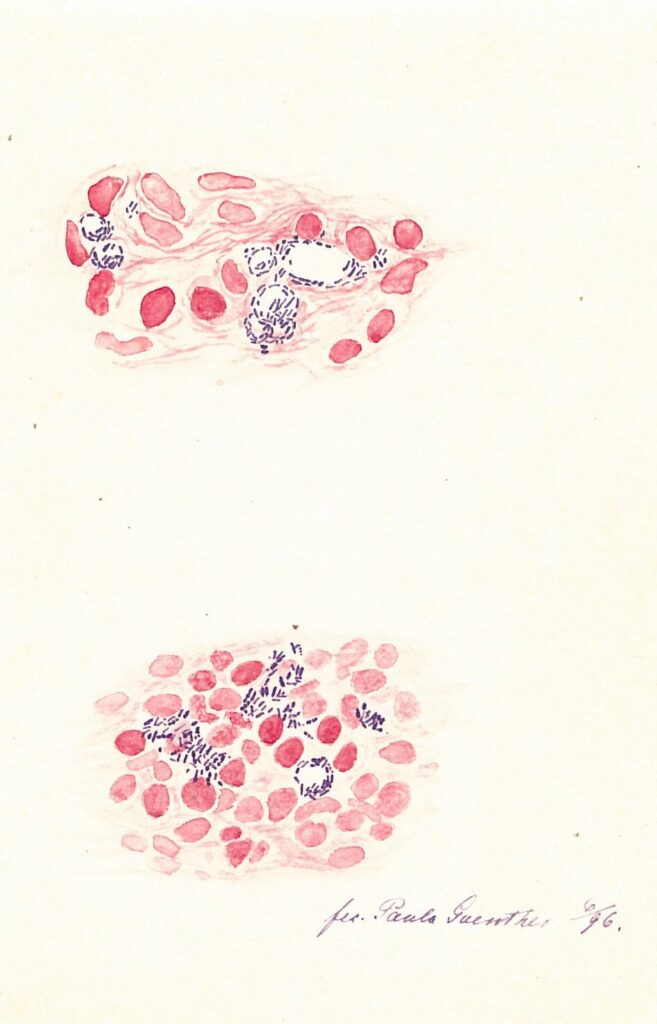Modes of infection and the course of disease
The infection is mainly spread by droplets from the mouth or nose of a sick person entering other people’s respiratory system, but the risk of infection is small. Infection is usually only transmitted through close and lasting contact with people with untreated leprosy, and only a small percentage of those infected develop symptoms.
For the disease to develop, several conditions must be present in addition to the bacteria. Poor nutrition, and especially lack of protein, is a key factor in many cases. Genetic factors also play a role, and it is assumed that a large proportion of the population have natural immunity and will therefore not develop leprosy under any circumstances.
A slow disease
For those who develop an active form of leprosy, there is significant variation in symptoms and life expectancy, but for many, the disease develops slowly and lasts for a long time. The incubation period can vary from around a year to more than 20 years, but it normally takes between 3–5 years.
Today, leprosy can be cured by a combination of different types of antibiotics. However, if left untreated, people with the disease could develop various lesions and functional impairments over time. Previously, the various complications that accompanied the disease could lead to death.

The Regional State Archives of Bergen.



